Overview
Located in the Nagaon and Golaghat districts on the edge of Eastern Himalayan biodiversity hotspot, the Kaziranga National Park is counted among India’s top wildlife hotspots. Spread across 430 square kilometres, the park comprises vast elephant-grass meadows, dense forests, and swampy lagoons. It is famed for its Indian one-horned rhinoceros and is home to 2/3rd (2200) of the global population.
The National Park, a UNESCO World Heritage Site, was founded in 1908 on the recommendation of the spouse of India’s then Viceroy, Lord Curzon. When Mary Curzon visited the park and failed to spot even a single Indian rhinoceros, she persuaded Lord Curzon to take action for the conservation of the dwindling species which led to the formation of Kaziranga Proposed Reserve Forest in 1905.
In addition to the one-horned rhinos, visitors will come across a wide variety of mammals, ranging from wild water buffalo to elephants. Over the past few decades, the tiger population in the park has steadily grown, leading to its recognition as a Tiger Reserve in 2006. Kaziranga is also popular among bird watchers since it is frequented by white-fronted goose, black-necked stork, ferruginous duck, Asian Openbill stork, Baer’s pochard duck, and several other Central Asian migratory birds.
The National Park offers exquisite panoramic views of the vast grasslands, dense tropical forests, and the Brahmaputra River, all of which make it an ideal destination for all nature lovers.
Visitors can acquaint themselves with the extensive wildlife conservation initiatives carried out here which has led to the growing numbers of several endangered species.
Park Overview at a Glance
- Establishment Year: 1905
- Located in: Kanchanjuri, Assam
- Total Park Area: 430 square kilometers
- Best Time to Visit: November to April
Flora of Kaziranga National Park
Four distinct kinds of vegetation can be found in Kaziranga National Park, owing to the difference in altitude between the western and eastern areas of the park. Alluvial inundated grasslands, tropical moist mixed deciduous forests, alluvial savanna woodlands, tropical wet evergreen and tropical semi-evergreen forests comprise the flora in Kaziranga National Park.
Visitors will come across sugarcanes, elephant grass, spear grass, Indian gooseberry trees, elephant apple trees, cotton trees and others while traversing the grasslands. The dense evergreen forests are lined with trees such as Talauma hodgsonii, Garcinia tinctoria, Albizia procera, Dillenia indica, and Duabanga grandiflora. A wide range of aquatic flora can be spotted in and around the multiple water bodies.
Fauna in Kanha National Park
As we’ve mentioned before, the Indian one-horned rhinoceros is the prime attraction of the Kaziranga National Park. Owing to the diverse flora of the region, several other animals reside in the park. It is home to over 30 mammal species, including the world’s largest population of wild Asiatic water buffalo and eastern swamp deer. Visitors will come across herbivore mammals such as elephants, sambar, guar, Indian muntjac and hog deer, during a wildlife safari here.
The National Park is among the few wild breeding areas in Asia for leopards and Royal Bengal Tigers. Some of the rare animals to look out for include hispid hare, fishing cat, Bengal fox, Indian gray mongoose and particoloured flying squirrel, Assamese macaque, Ganges dolphins, and golden langur. Several water birds, migratory birds, and game birds visit Kaziranga, making it a haven for bird watchers. Most popular birds include Blyth’s kingfisher, Dalmatian pelican, black-bellied tern, eastern imperial, and Pallas’s fish eagle.

 +91- 9212777225
+91- 9212777225
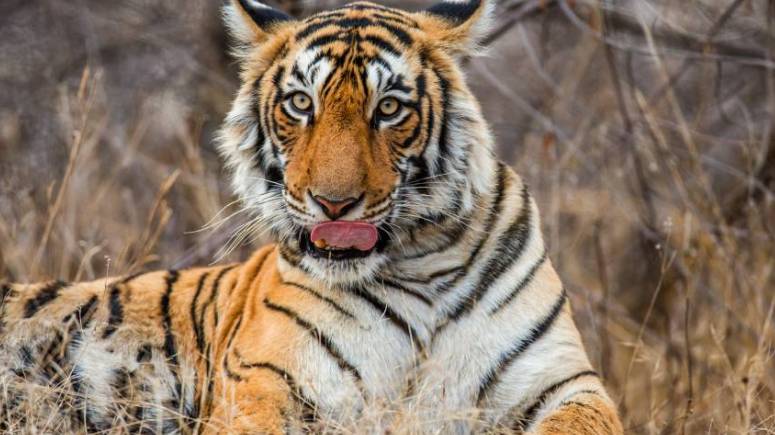
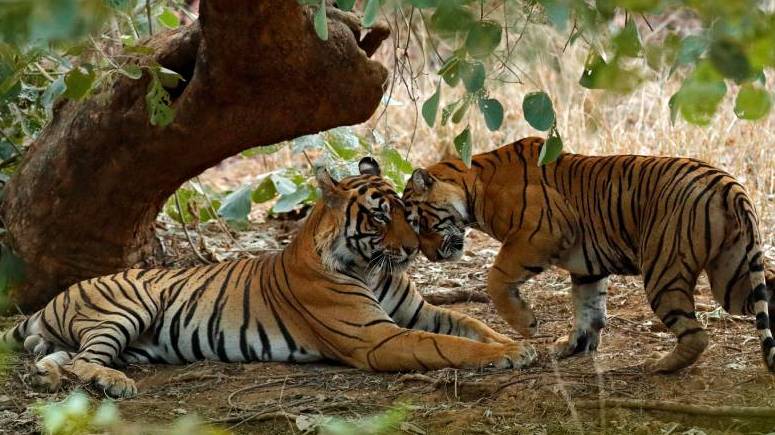
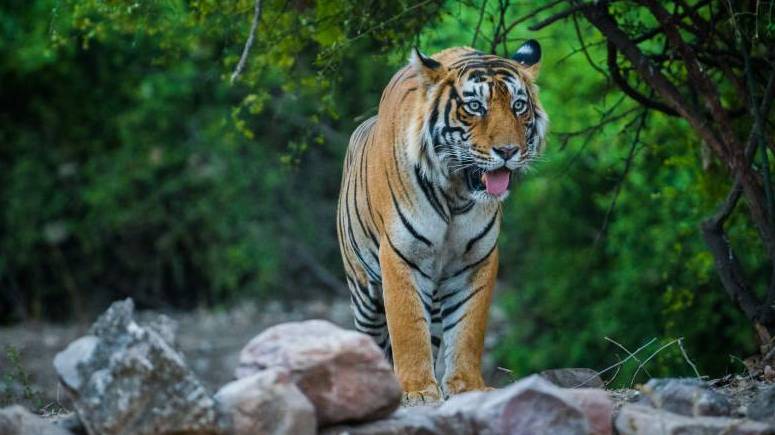
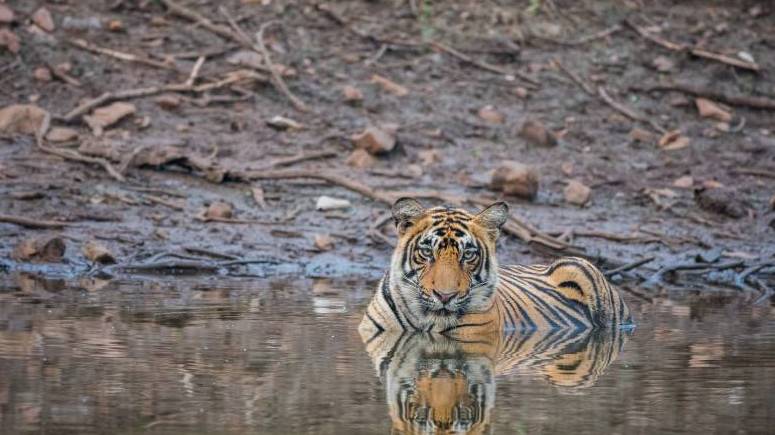
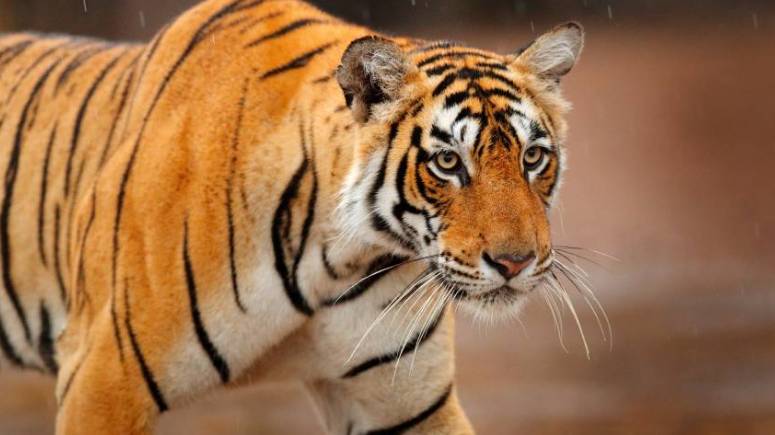

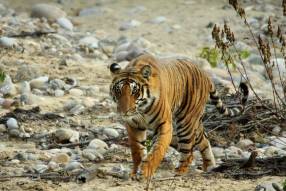
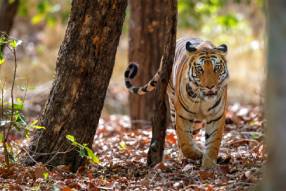
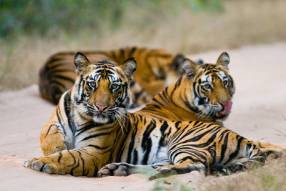
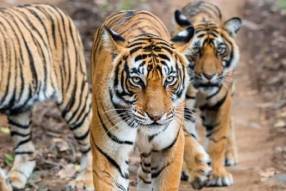
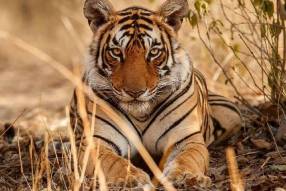
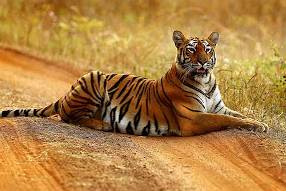
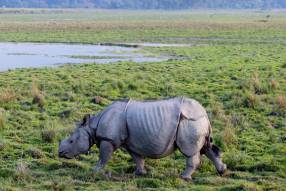
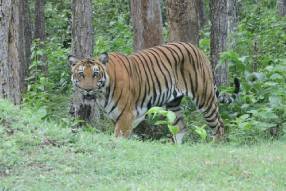
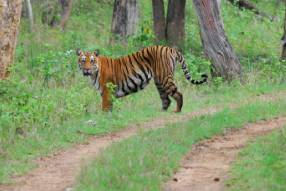
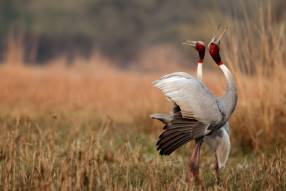
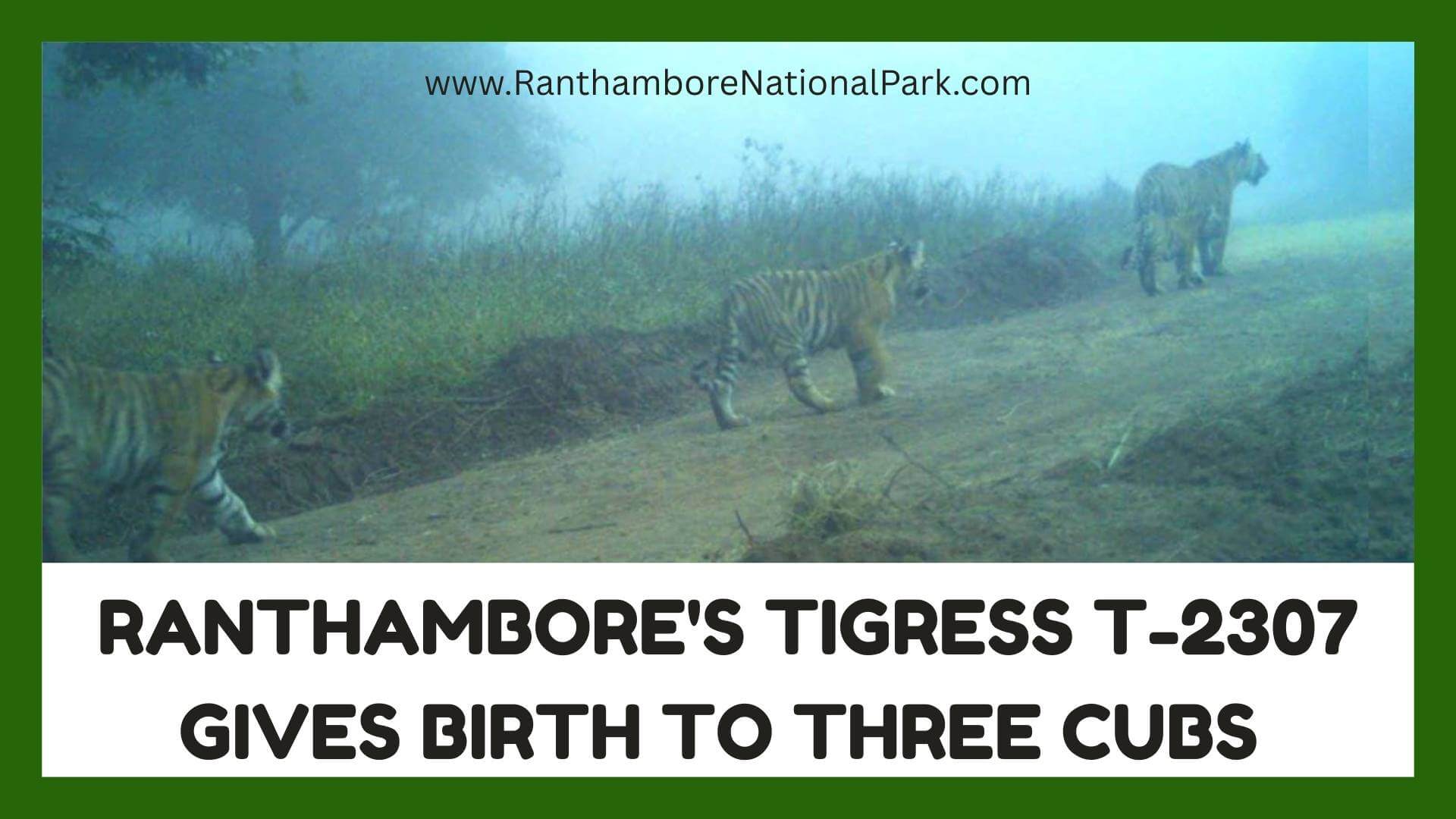

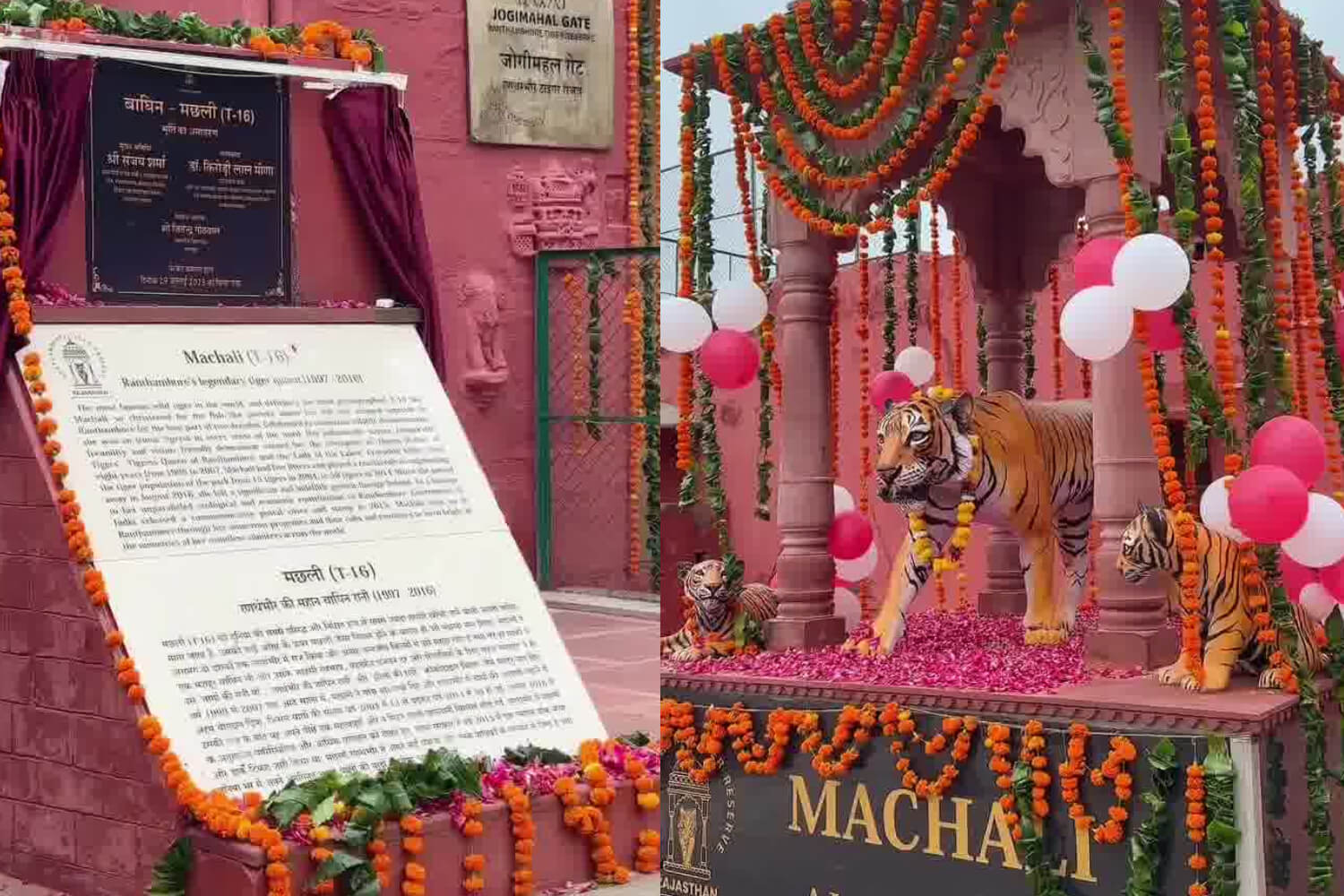
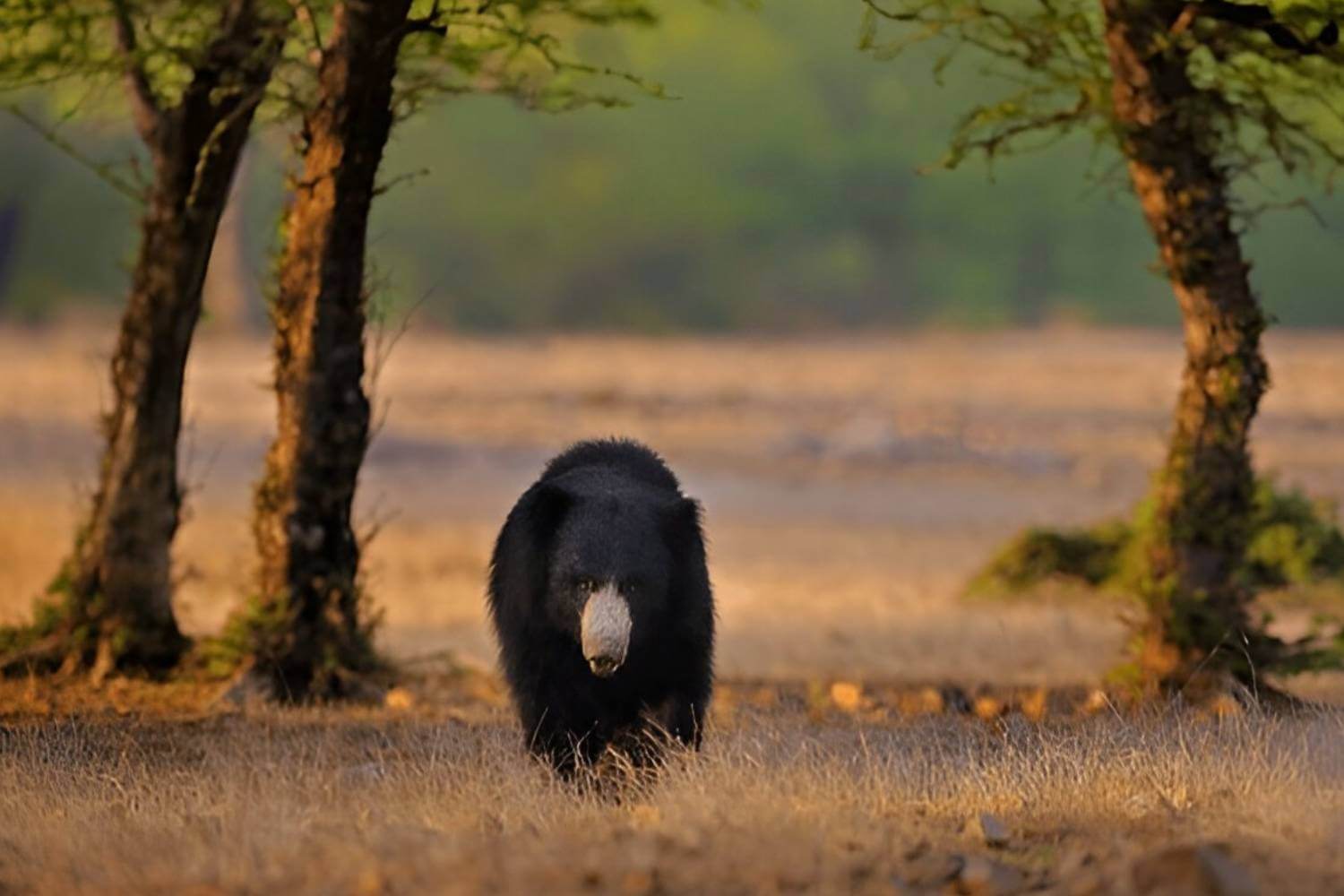




 +91-8744012007
+91-8744012007 Plan Your trip
Plan Your trip